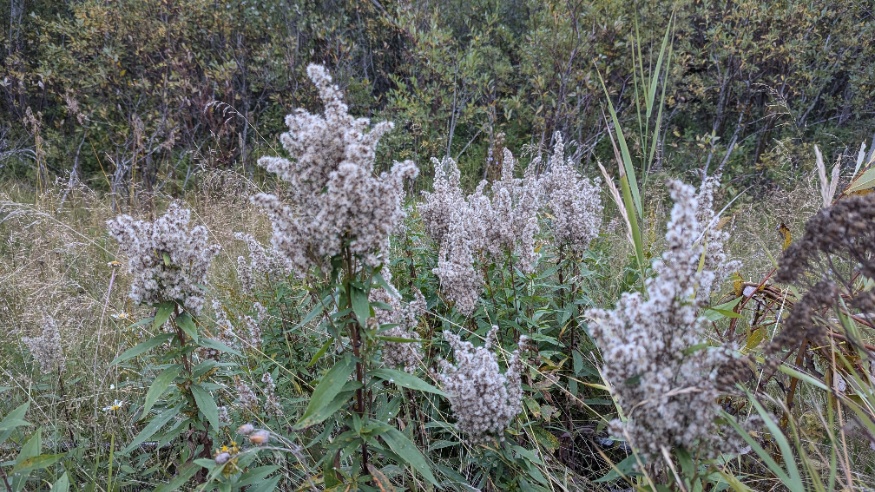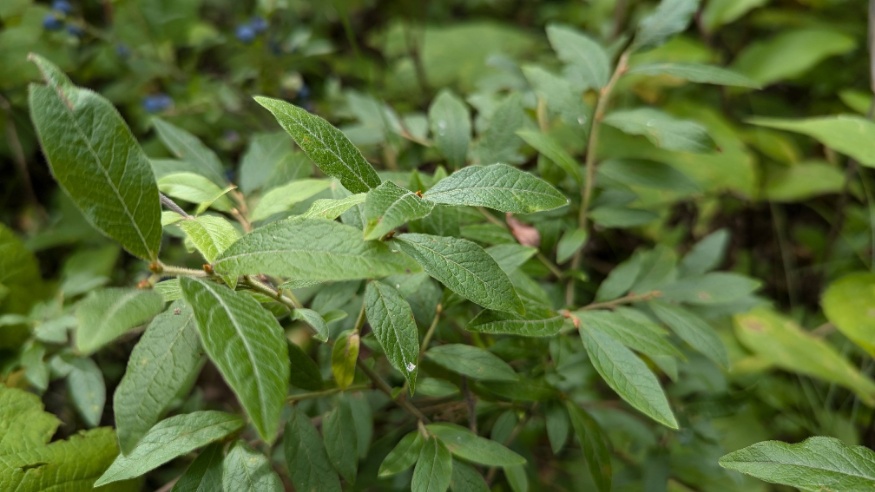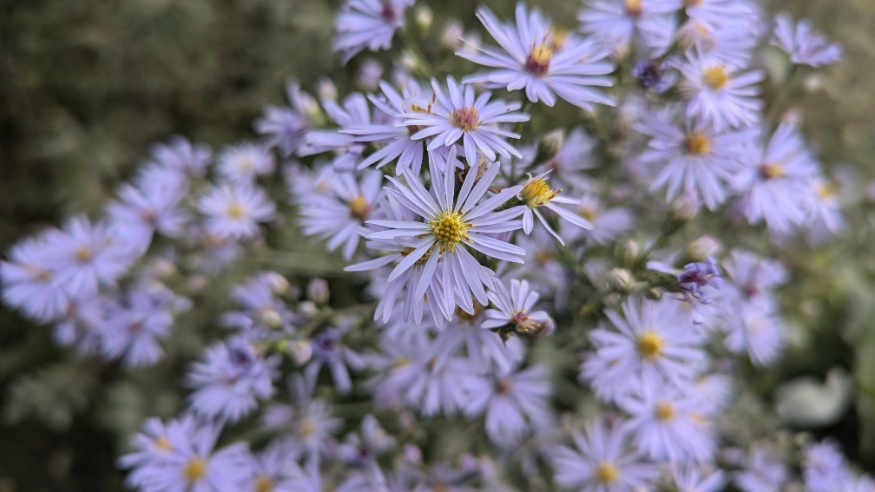Black Willow
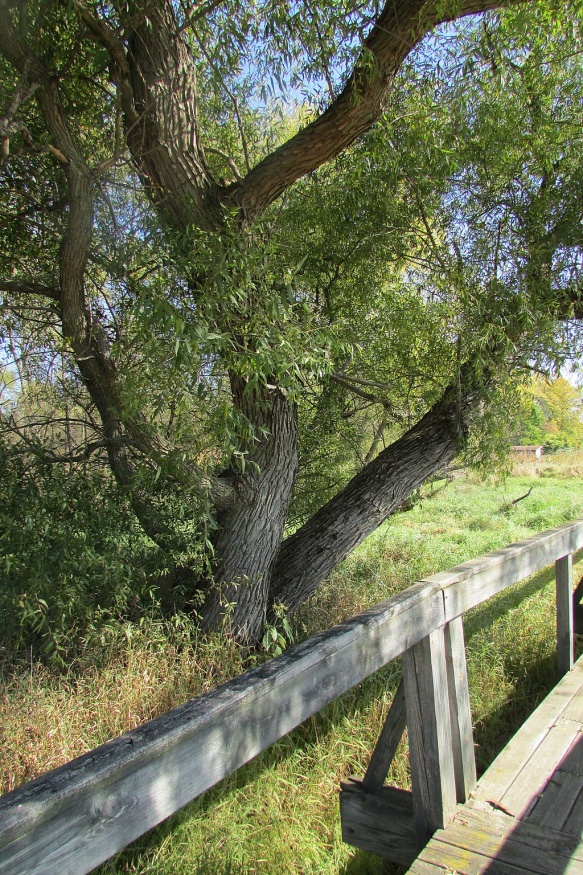
Other Names: gulf black willow, swamp willow, sauz
Family: Salicaceae Native to: Eastern North America, Interior North America
Hardy to zone: 4
Eco benefits: attracts pollinators, water filtration, erosion control, attracts birds, valuable wood, medicinal
Natural habitat: swamps & bogs, waters edge, floodplains
Shapes: round, multi-stemmed, overarching, oblong
Height: 30-60ft
width: 30-60ft
Growth rate: fast
Lifespan: 40-50 years
Unique attractions: fall colour, bark
Tolerances: salt
Common uses: reforestation, landscaping
Diseases: canker
Light: full sun
Transplanting: easy
Soil: moist and fertile, tolerates heavy clay, tolerates wet feet, ph adaptable, wet, sandy
Reproduction type: dioecious
Black willow is a very Fast growing, short lived, water loving tree found in south eastern Canada and central to eastern United States. It is the only native tree sized willow in North America. With a dense root system, it provides good erosion control in bottomlands, Riverbanks, swamps, and swails.
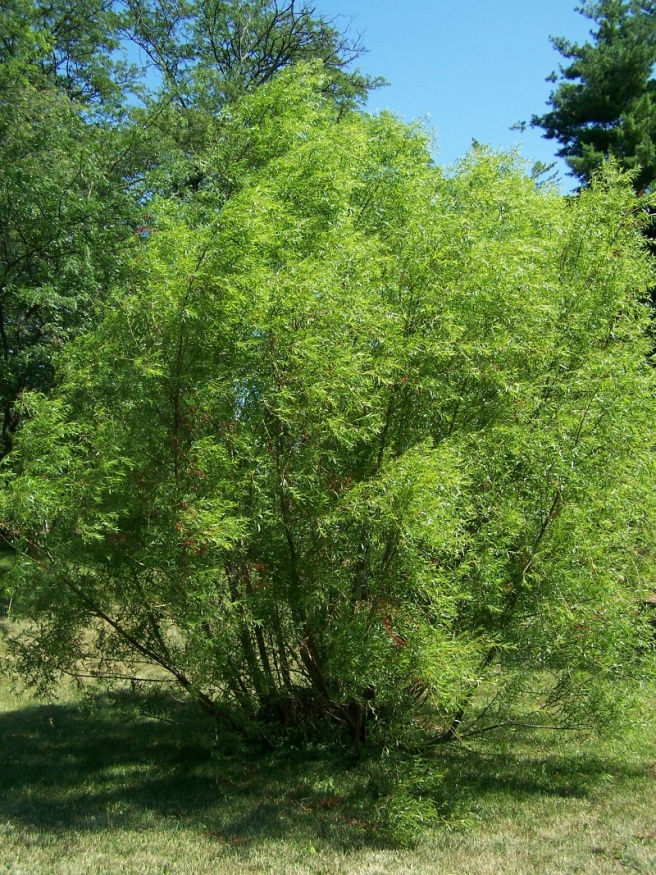
The black willow is very tolerant of wet sites but not tolerant at all of shade. It often is multi-stemmed in habit, leaning in fashion, and grows alongside sandbar willow and eastern cotonwood. Leaves are usually long and pointed with finely toothed margins; bright green, shinny above and duller underneath. Fall colour is yellow-green.
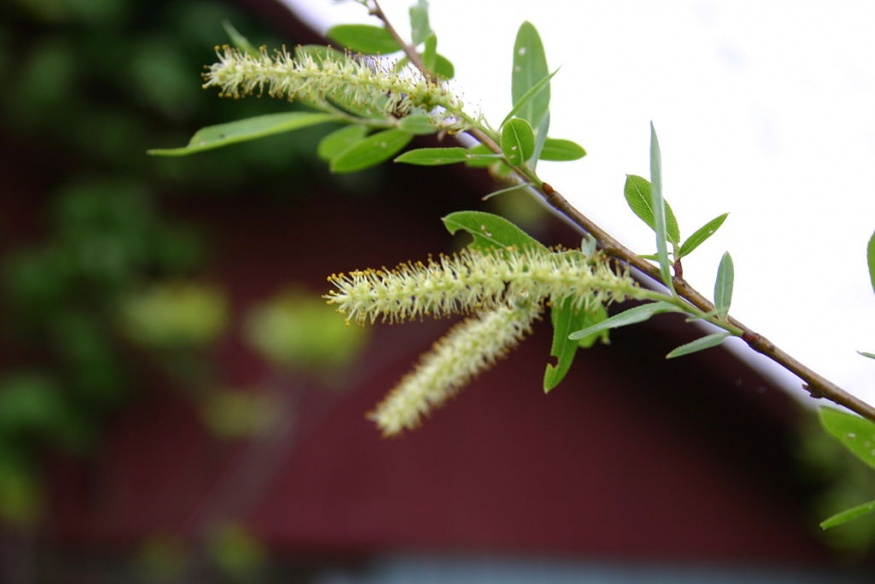
Black willow is the only commercially imported willow wood in North America. Though soft, the wood holds its shape well, is straight grained, and somewhat shock resistant. Currently black willow lumber is used for various products like furniture, crates, cabinetry, and toys. The Inner bark has been used by Native Americans to tan leather and medicinally to treat various ailments.
References
Row, J. M. (2010). Black Willow. Retrieved from https://plants.usda.gov/plantguide/pdf/pg_sani.pdf
United States Department of Agriculture. (n.d.). Salix nigra. Retrieved from https://www.fs.fed.us/database/feis/plants/tree/salnig/all.html
The Morton Arboretum. (n.d.). Black willow. Retrieved from https://www.mortonarb.org/trees-plants/tree-plant-descriptions/black-willow
Lady Bird Johnson Wildflower Center. (2016). Salix nigra. Retrieved from https://www.mortonarb.org/trees-plants/tree-plant-descriptions/black-willow
Bottomland Hardwoods. (n.d.). Black willow. Retrieved from https://www.nrs.fs.fed.us/fmg/nfmg/bl_hardwood/eco/spechar/willow_blck.html
Iowa State University. (n.d.). Black Willow. Retrieved from https://naturalresources.extension.iastate.edu/forestry/iowa_trees/trees/black_willow.html
